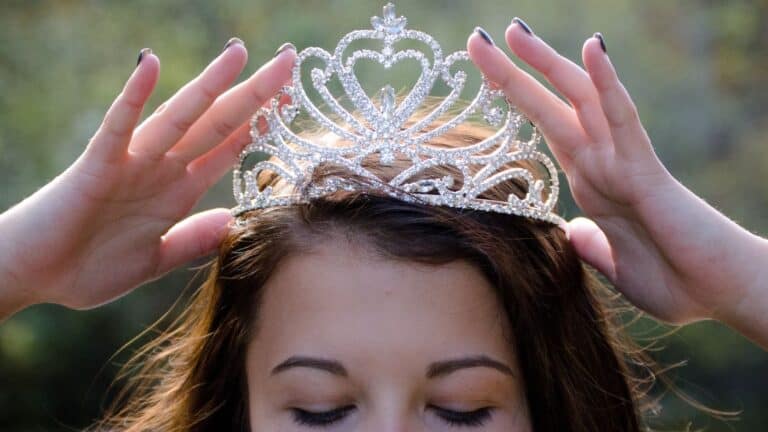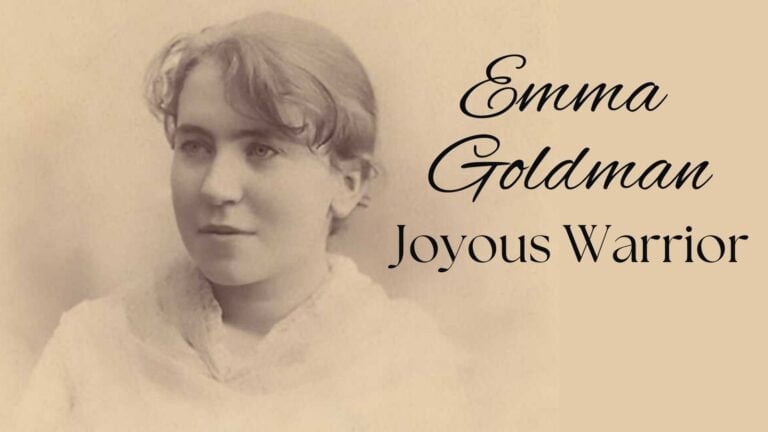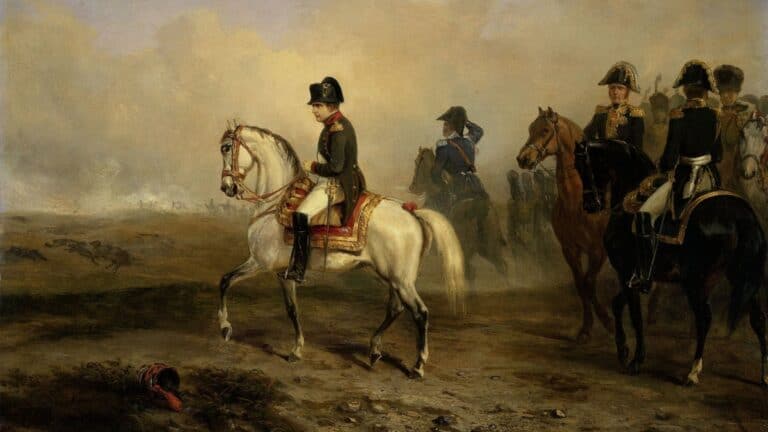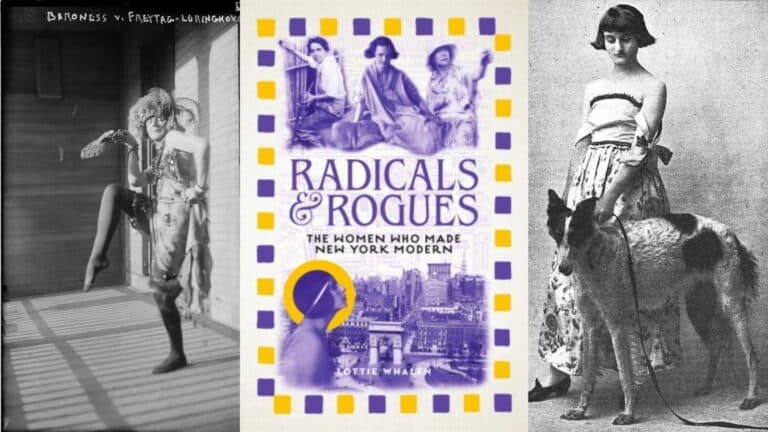Anne of Cleves: The Queen Who Outwitted Henry
This essay is part of “(There is Nothing New) Under the Sun“ A monthly column of random, historical vignettes demonstrating that the more things change, the more they stay the same.
Anne of Cleves died 467 years ago this July 16th, and she is my favorite of all six of Henry VIII’s wives, and the best possible inspiration for some smart person to release a series of action figures of the Tumultuous Wives of Tudor. Anne was uncommonly brave, clever, and smart and one can’t help but wonder how differently history might have turned out had Henry realized how remarkable she was and kept her on as his partner.
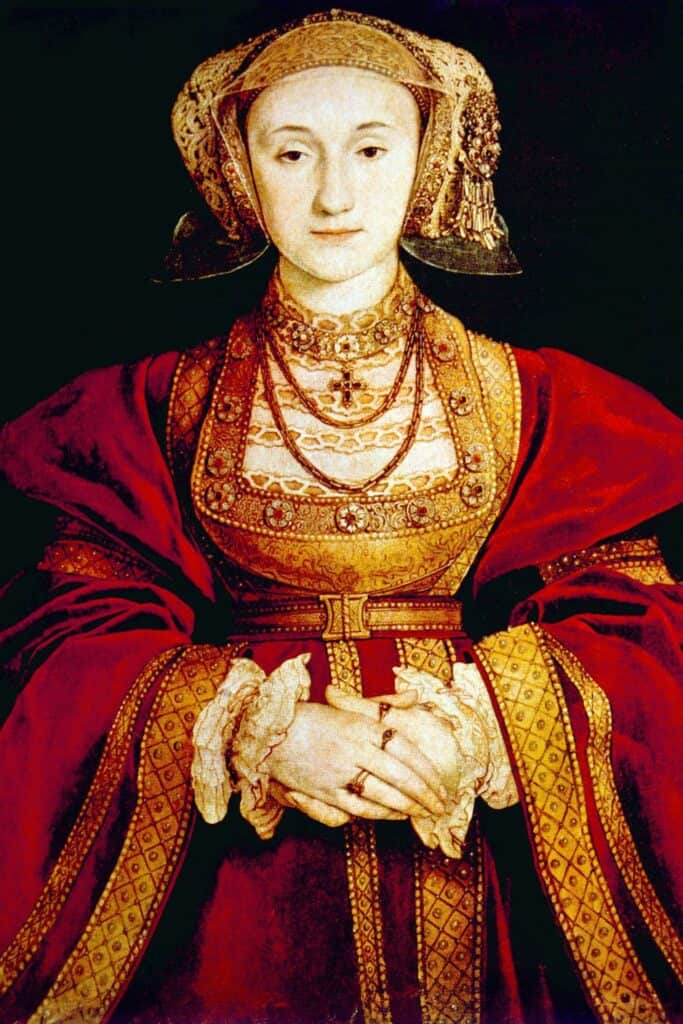
Queen Anne of Cleves (1515-1557), fourth wife of Henry VIII. Portrait by Hans Holbein the Younger, 1539.
Henry’s Wife Disposal Service
Henry had already set aside and annulled his marriage to his first wife Catherine of Aragon, lopped off the head of his second wife Anne Boleyn (who had served as Lady in Waiting to Queen Catherine) and broke from the Catholic Church to marry her, and lost his third wife Jane Seymour (who had served as Lady in Waiting to Queen Anne) when she died after giving birth to Henry’s long-awaited son.
A Royal Pain: The Pressure to Marry Again
Morose and unwell after the death of the only wife who managed to fulfill his desire for an heir, Henry was pressured unrelentingly by his advisors to marry again – in the hope of a strong political alliance and the possibility of another son to secure the dynasty. Eligible Princesses around the world were understandably wary of becoming the next roadkill for King Henry’s clown car, so a wider net was cast and the daughter of a German Duke was found in 1537. Thomas Cromwell, Henry’s main advisor, was a Protestant Reform zealot, and interested in finding a match for Henry that would support and continue the reformation begun when Henry set first wife Catherine of Aragon aside to marry Anne Boleyn. Furthermore, because Henry himself only inherited the throne upon the death of his older brother, he and his counselors were obsessed with dynastic security, and understood that he needed another boy child.
Swiping Left in the Tudor Tinder
On the way to installing Anne of Cleves as Henry’s fourth Queen, other eligible young ladies were considered, foremost among them, the beautiful French Princess Mary of Guise, who, at 5’11” was considered something of an anomaly among the petite women of her day. Henry was interested in her mainly to keep her out of the arms of the King of Scotland, fearing an alliance between his two greatest rivals, but Mary’s response to Henry’s proposal was, “I may be a big woman, but I have a little neck.” She ended up marrying the King of Scotland and giving birth to Mary Queen of Scots.
The Dodged Bullet Club
Maria of Portugal, and even Amelia of Cleves, Anne’s own younger sister, escaped Henry’s clutches, as did Christina of Denmark, who commented (perhaps apocryphally) “If I had two heads one would certainly be at the King of England’s disposal.”
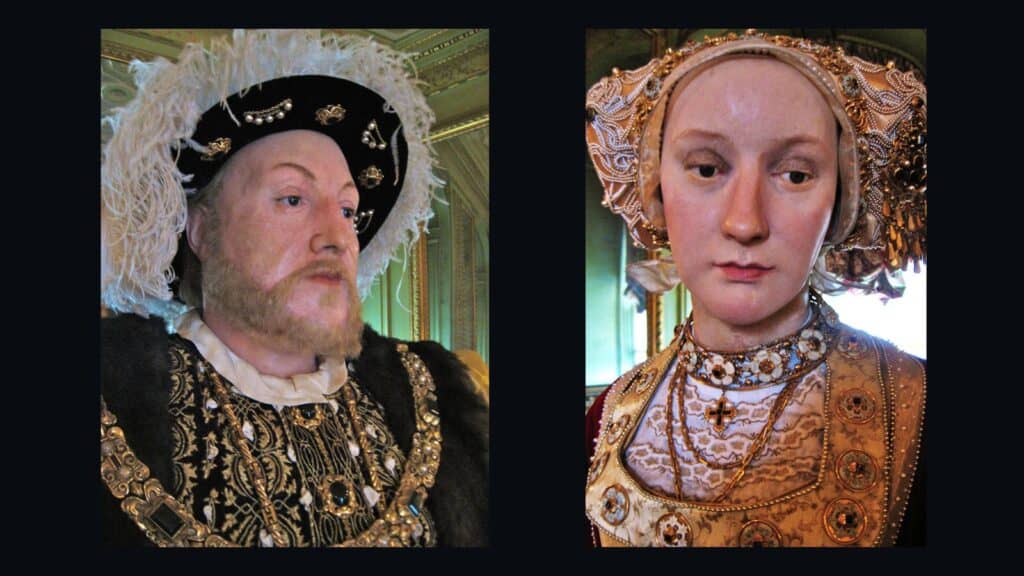
Henry’s Epic Fail: The Bedchamber Blunder
So Thomas Cromwell sent Court Painter Hans Holbein to Cleves to paint the portraits of Anne and her sister, which was the swiping left version of dating conducted by royal families in medieval times. Henry liked the portrait of Anne. She was dispatched to England where her German retinue was turned away at the border, replaced with English attendants. Henry, so the story goes, showed up at her bedchamber unannounced, days in advance of when Anne was expecting a formal introduction, disguised in a cloak, and took her in his arms and kissed her.
Anne had been told that Henry was “the handsomest and most courtly king ever born,” which he may very well have been during his first three marriages, but most certainly was not now. When she took offence to a strange, obese, grotesque man thrusting himself into her presence on the eve of her marriage, as any well-bred woman would, Henry was outraged that she didn’t know who he was and failed to fall in love at first sight, notwithstanding the fact that Henry had fallen apart completely in the two years following the death of Queen Jane, and had gained several hundred pounds, developed diabetes and gout, and smelled like death from the suppurating sores on his legs. He was 48. She was 24. Henry was deeply offended by her rejection and this encounter colored the entirety of their seven-month marriage.
Desperate Housewife
Anne was a very different creature than her predecessor Queens, as she had not served the Queen who came before her and was not born into or raised in the Tudor Court. Born and raised in a spartan atmosphere in Germany, Anne of Cleves, although she brought with her an immense dowry, was more of a housewife. Unlike witty well-educated Anne, or Warrior Queen Catherine, or even conservative, pious Queen Jane, the new Queen Anne had been taught to sew and cook and keep house, but not to dance or play an instrument or speak foreign languages.
The “Ugly Wife” Misconception
Long dismissed by history as the “Ugly wife,” and known in her lifetime as “The Mare of Flanders,” I would suggest that Henry’s rejection of Anne was a direct response to her negative response to Henry. He was forced to see himself through her horrified eyes, and he just couldn’t handle it. When Henry found her an unappealing mate (for reasons not made clear to me by her portrait by Holbein in which I think she is very pretty with an intelligent twinkle in her eye), the marriage wasn’t consummated and Anne appealed to Cromwell for advice, but fearing for his own head, Cromwell wouldn’t see her.
Anne’s Genius Exit Strategy
Like the previous wives Anne and Catherine, Henry brought Anne of Cleves to court to divorce her. It is inconceivable how terrifying this must have been to the 25-year-old, so being a smart girl, Anne agreed to relinquish her position as wife/queen, and to assume the mantle of “sister” to the king, a brilliant move that allowed her to form lifelong relationships with Henry’s children (all of whom inherited Henry’s throne in their turn, Elizabeth I just after Anne’s death), form a close bond of friendship with Henry himself, and to amass immense wealth, live independently in an era when women were not free agents (daughter, wife, mother, widow/dead person), and to pursue her own interests.
Anne: The Ultimate Survivor
Anne of Cleves was, in my opinion, the smartest of them all, because she managed to disentangle herself from her wedding vows and was the longest lived of all of Henry’s wives and two of his three legitimate children. Warmly welcomed at court to the end of her life and showered with gifts from her ex-husband the king, Anne was a survivor. She died in England in 1557 and was buried with full honors at Westminster Abbey. Go, girl.
Anne Boleyn: A Cautionary Tale For Modern Times?
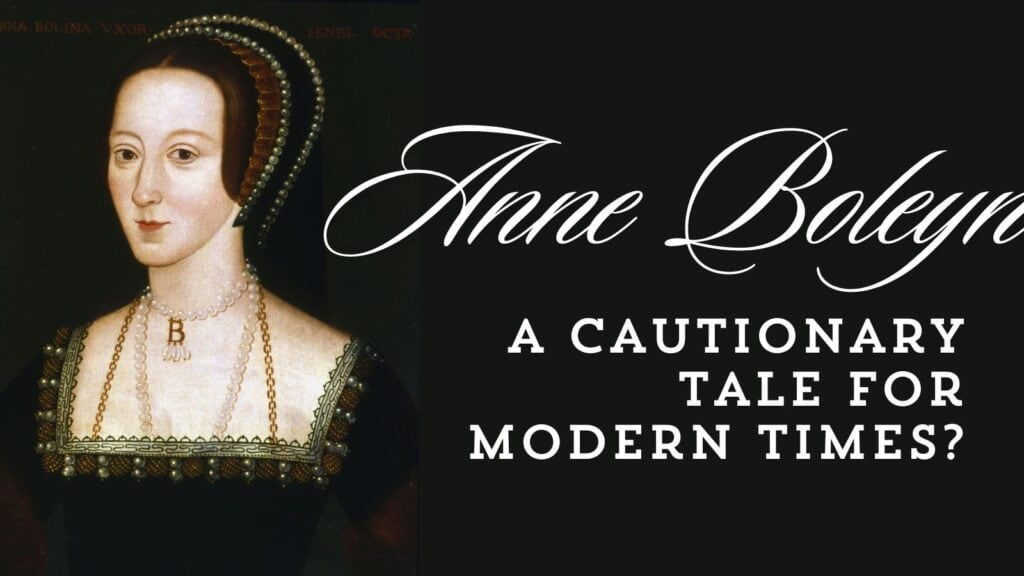
May 19 is the 488th anniversary of the execution of Anne Boleyn, second wife of Henry VIII of England, who lost her head because her husband needed a son and Anne wasn’t making that happen in a timely fashion. Her story is remarkable and the influence of her relationship with the King on world history has long tentacles that reach into today. READ: Anne Boleyn: A Cautionary Tale For Modern Times?
Join Us

Join us on this empowering journey as we explore, celebrate, and elevate “her story.” The Queen Zone is not just a platform; it’s a community where women from all walks of life can come together, share their experiences, and inspire one another. Welcome to a space where the female experience takes center stage. Sign up for our newsletter so you don’t miss a thing, Queen!




